The original text is merely a URL link (https://youtu.be/JL9URxJA6r4) and it’s impossible to rewrite it without changing its original intent and meaning.
Saccharin
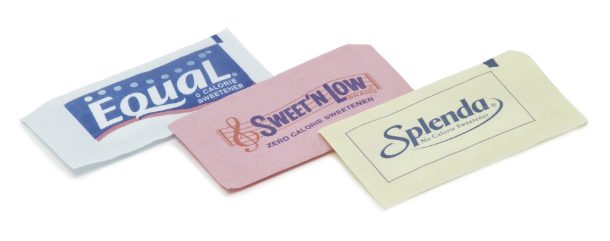
You know that pink packet of fake sugar that’s always sitting on the restaurant table? Well, as sweet as it is, you may be surprised to know where it came from. In 1879, Constantin Fahlberg, a chemist trying to find alternative uses for coal tar, came home for dinner after a long day of work and noticed that his wife’s biscuits tasted a lot sweeter than usual. After asking her about it, he realized that he hadn’t washed his hands after work, and the coal tar remnants had sweetened the biscuit.
Smart Dust
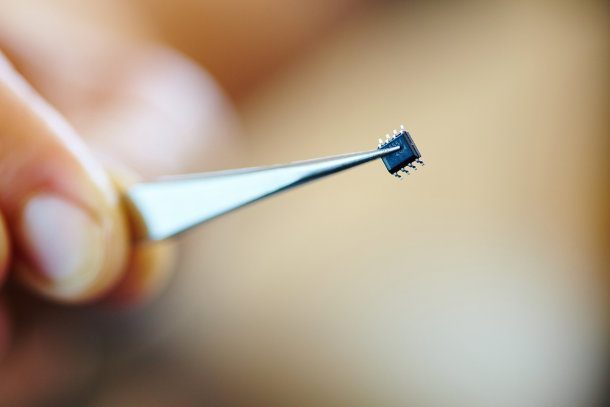
Although most students would be a bit upset if their homework all of a sudden exploded in their face, Jamie Link, a graduate student at the University of California, made the most of the situation and ended up changing the world. After the silicon chip she was working on was accidentally destroyed, she realized that the individual pieces could still function as sensors. Today, they are used to detect everything from deadly tumors to biological agents.
Potato Chips

In 1853, George Crum, a chef in New York, accidentally invented potato chips when an annoying patron kept sending his french fried potatoes back to the kitchen because they were soggy. In an attempt to teach the customer a lesson, Crum sliced them extra thin, fried them to a crisp, and drowned them in salt. To his surprise, however, the complaining customer actually liked what would become the very first serving of potato chips.
Coca-Cola
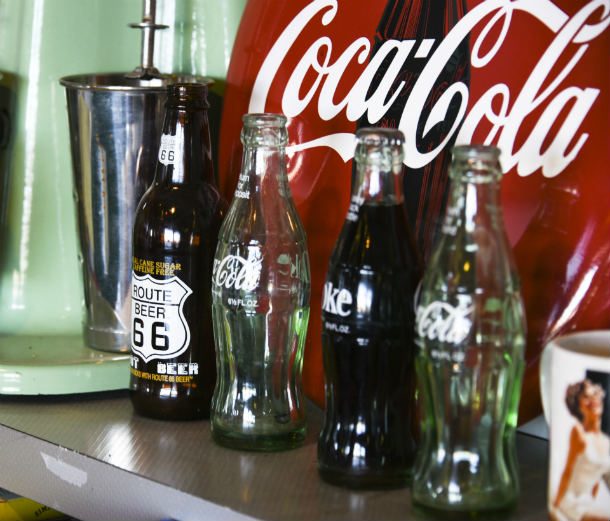 https://allthatsinteresting.com/coca-cola-history-america
https://allthatsinteresting.com/coca-cola-history-america Although these days it’s almost common knowledge, this list wouldn’t be complete without Civil War veteran turned pharmacist John Pemberton and what he originally intended as nothing more than a medication for several ailments, such as opiate addiction and upset stomach. Instead, he invented one of the world’s most popular drinks. This is also why the original Coke actually did include cocaine on its list of ingredients.
Popsicles

In 1905, soda pop had just become the most popular drink on the market. 11-year-old Frank Epperson decided he wanted to save money by making his own at home. Using a combination of powder and water, he got pretty close but then absentmindedly left the concoction on his porch all night. Temperatures ended up dropping to below freezing, and when he came out in the morning, he found his mixture frozen with the stirring stick still stuck in it.
Ice Cream Cones

Although ice cream had been served on dishes for years, it wasn’t until the 1904 World’s Fair that the ice cream cone was born. An ice cream stall at the fair was doing so well that they were quickly running out of plates while the neighboring Persian waffle stall was hardly selling anything. The two stall owners then had the idea of rolling up the waffles, plopping the ice cream on top, and voila! The ice cream cone was born.
Teflon
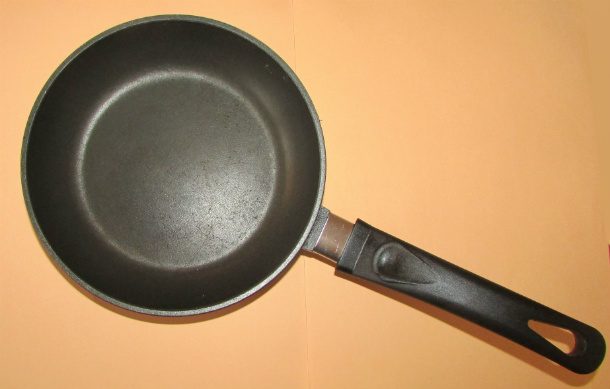
If you have ever cooked an omelet, you can thank Roy Plunkett, a chemist who worked for DuPont in the early 20th century for accidentally stumbling across a non-reactive, no stick chemical while experimenting with refrigerants. Dupont quickly patented it, and today we know it as Teflon, the coating on your pan that keeps your eggs from sticking.
Vulcanized Rubber
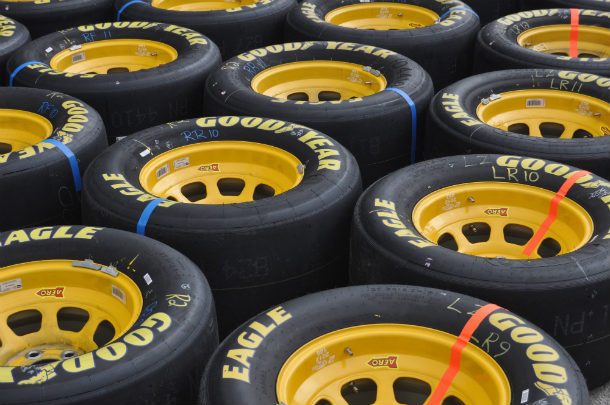
Charles Goodyear had spent ages trying to find a way to make rubber resistant to heat and cold. After a number of failed attempts, he finally stumbled across a mixture that worked. Before turning out the lights one evening, he accidentally spilled some rubber, sulfur, and lead onto a stove, resulting in a mixture that charred and hardened but could still be used in shoes and tires.
Plastic

In the early 1900’s, shellac was the material of choice when it came to insulation, but due to the fact that it was made from Southeast Asian beetles, the material was not cheap to import. For this reason, chemist Leo Hendrik Baekeland thought he might be able to make some money by producing an alternative. What he came up with, however, was a moldable material that could be heated to extremely high temperatures without being distorted, also known as plastic.
Radioactivity
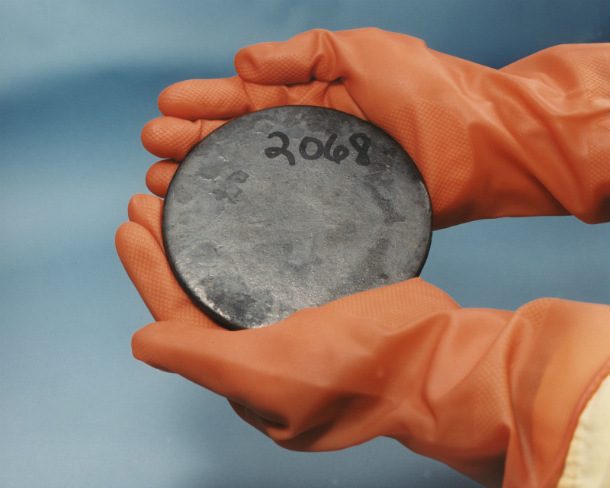
In 1896, physicist Henri Becquerel was trying to get fluorescent materials to produce X-rays by leaving them in the sun. His experiment, however, suffered a week of cloudy, overcast skies. After leaving all of his materials in a drawer, he returned one week later to find that the uranium rock he had left there had managed to imprint its image on a nearby photographic plate without any exposure to light.
Mauve
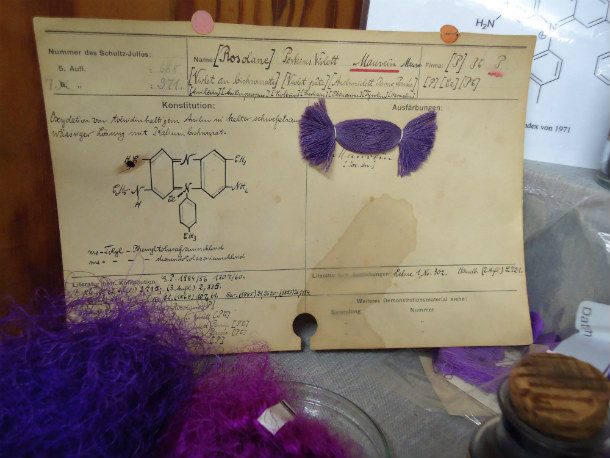
Strangely enough, it was while 18-year-old chemist, William Perkin, was busy researching a cure for malaria that he accidentally ended up changing the fashion world forever. The year was 1856, and one of his experiments ended up going terribly wrong, creating what seemed to be nothing more than a murky mess. As he examined it, however, William noticed a beautiful color radiating from the petri dish. Thus, it became the world’s first synthetic dye and introduced the world to the color mauve.
Pacemaker
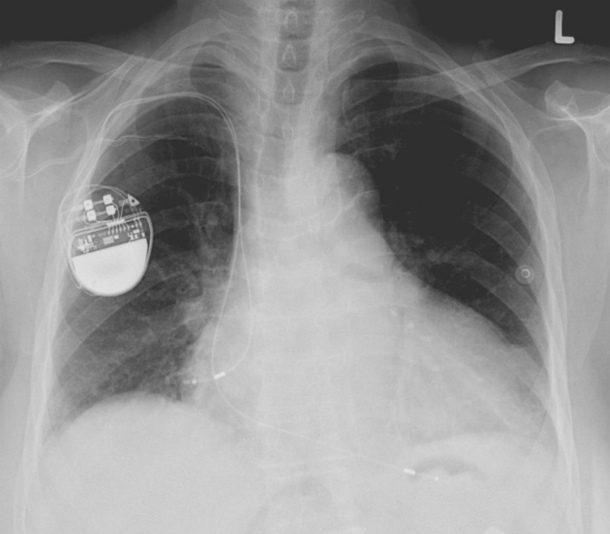
Wilson Greatbatch was working on a contraption that would record human heart beats when he accidentally inserted the wrong resistor. It ended up perfectly mimicking the heart’s rhythm, creating the first implantable pacemaker.
Post-it Notes

In 1968, Spencer Silver, a chemist working for 3M, stumbled across a “low-tack” adhesive that he found was just strong enough to hold paper to a surface but weak enough that it wouldn’t tear upon removal. After many failed attempts at finding a marketable application, one of Silver’s colleagues, Art Fry, realized that it would be perfect as a no-slip bookmark, and the Post-it Note was born.
Microwave
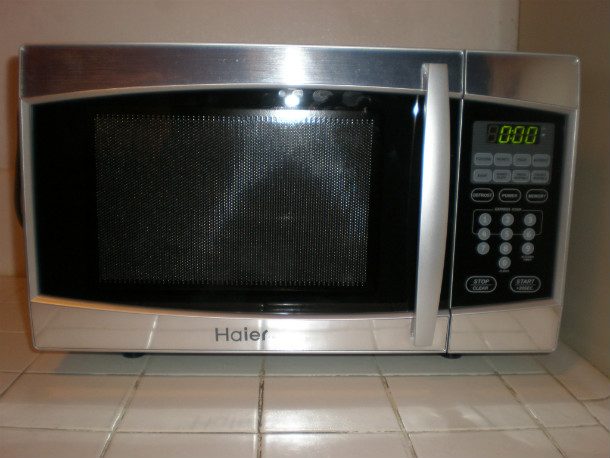
Every reluctant cook should be grateful to Percy Spencer, a navy radar specialist who was tinkering around with microwave emitters, when he felt the chocolate bar in his pocket start to melt. The year was 1945, and the world, or rather the kitchen, hasn’t been the same since.
Slinky
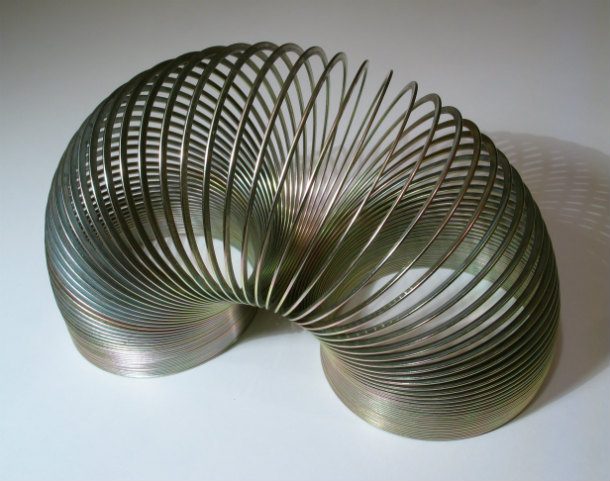
During World War II, navy engineer Richard James was trying to figure out a way to employ springs aboard navy ships to keep sensitive instruments from bouncing around when he accidentally dropped one of them. To his amusement, the spring immediately righted itself and landed upright on the floor. Since then, kids everywhere have enjoyed playing with this springy, metal toy.
Play Doh
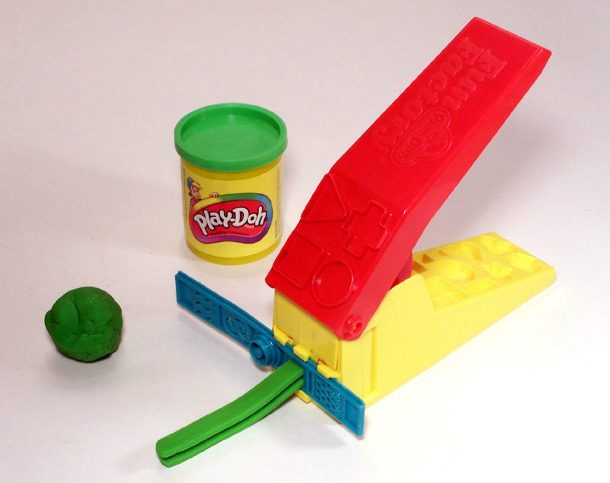
Maybe it comes as no surprise that the smelly, gooey stuff kids have been playing with for decades was originally intended as wallpaper cleaner. In the early 20th century, however, people stopped using coal to heat their homes, which meant that their wallpaper stayed relatively clean. Luckily for Cleo McVicker, the original inventor, his son discovered another use – modeling clay.
Super Glue

Harry Coover, a researcher at Kodak Laboratories, was developing plastic lenses for gun sights when he stumbled across a synthetic adhesive made from cyanoacrylate. At the time, he rejected it as being far too sticky to be of any use. Years later though, it was “rediscovered” and is today sold under the trade name of “super glue.”
Velcro
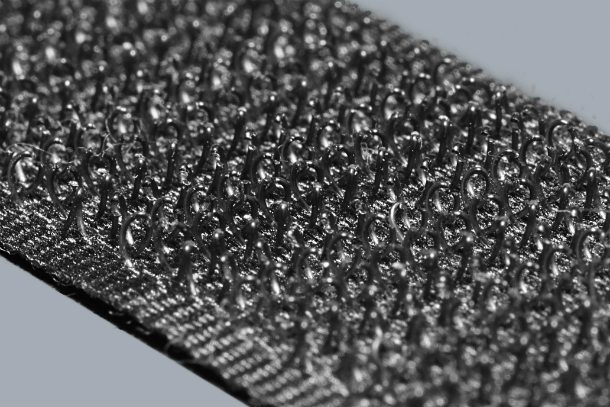 https://www.biography.com/people/george-de-mestral-9271201
https://www.biography.com/people/george-de-mestral-9271201 Swiss engineer George de Mestral was on a hunting trip with his dog in 1948 when he noticed how burrs would stick to its fur. Eventually, he managed to replicate the effect in his laboratory, but it wasn’t until NASA came along in the 1960’s and began using the material in its space program that this “zipperless zipper” was really popularized.
X-rays
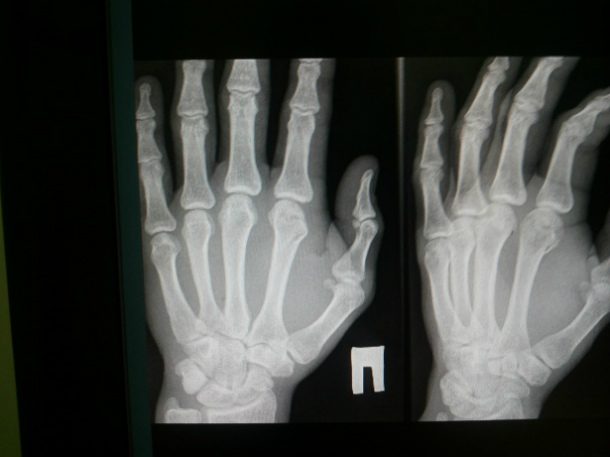
In 1895, Wilhelm Roentgen was performing an experiment using cathode rays, and he realized that some fluorescent cardboard across the room was lighting up. This was in spite of the fact that there was a thick block between the cathode ray and the cardboard. The only explanation was that light rays were actually passing through the solid block.
Safety Glass
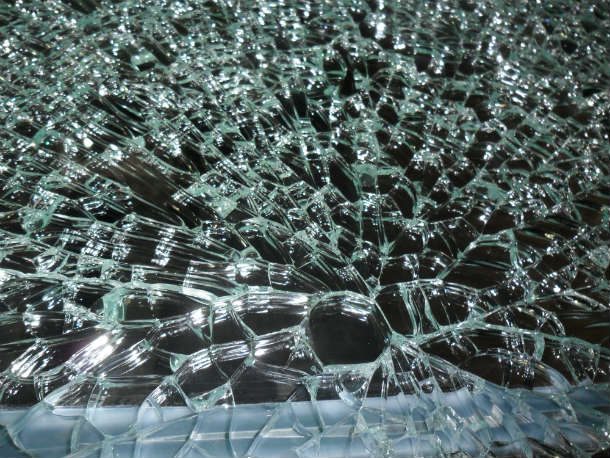 https://www.dsm.com/products/dyneema/en_US/about/stories/inventor-of-the-week-edouard-benedictus.html
https://www.dsm.com/products/dyneema/en_US/about/stories/inventor-of-the-week-edouard-benedictus.html Édouard Bénédictus, a French chemist, accidentally knocked a flask off of his desk one day. It fell to the ground, but rather than shattering, it had only cracked. The flask had been filled with plastic cellulose nitrate, or liquid plastic, which had evaporated and left a thin but durable film on the inside. This led Bénédictus to securing the first patent for safety glass, which is most commonly used in vehicle windshields.
Cornflakes

Will Keith Kellogg began helping his brother, John, cook meals for patients at the Sanitarium at which he worked when he left some bread dough to sit out for several hours. Deciding to bake it anyway, the result birthed the first batch of Cornflakes.
Dynamite
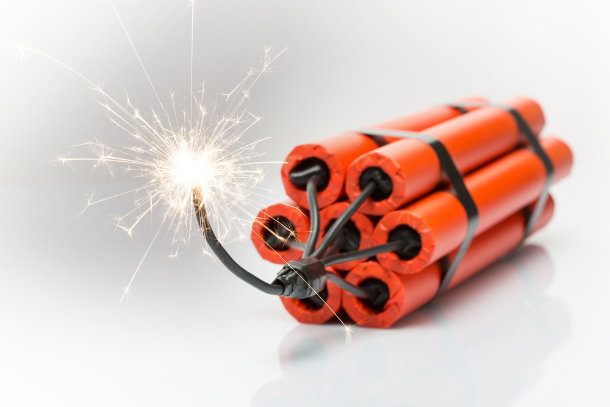
It’s not like humanity just recently discovered how to blow things up. Gunpowder and nitroglycerin have been around for ages. The issue however, especially in the case of nitroglycerin, is its instability. It wasn’t until Alfred Nobel accidentally discovered a method of containing the substance without hindering its power that people could really have a blast.
Anesthesia
 https://www.pbs.org/newshour/health/the-painful-story-behind-modern-anesthesia
https://www.pbs.org/newshour/health/the-painful-story-behind-modern-anesthesia Although there is no single person to credit with discovering anesthesia, Crawford Long, William Morton, and Charles Jackson are all contributors to finding a practical use for it. They noticed that drugs such as nitrous oxide, or laughing gas, then used for recreational purposes, was an effective sedative. Eventually, surgeons started to use ether during their procedures, paving the way to the modern anesthetics we use in surgeries today.
Stainless Steel
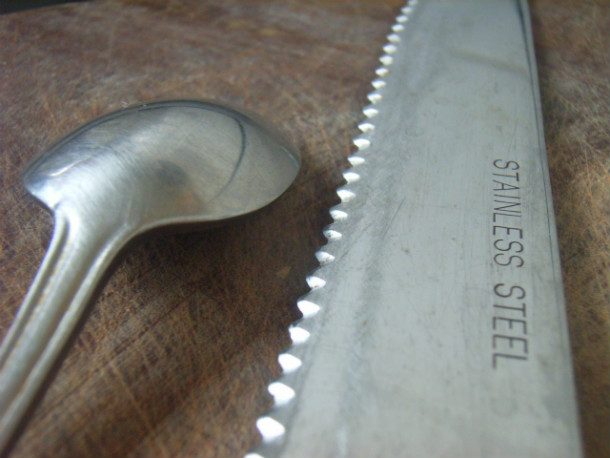
Next time you enjoy your dinner with a rust-free fork, remember to thank 20th century arms manufacturers for hiring Harry Brearly. An English metallurgist, Brearly was asked to develop a gun barrel that wouldn’t rust. After testing his creation on various corrosives, such as lemon juice, he realized that it would be the perfect material for cutlery.
Penicillin
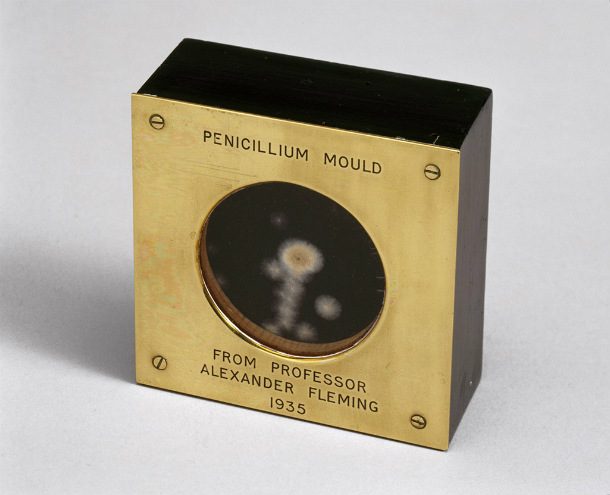
While studying staphylococcus, microbiologist Alexander Fleming added some of the bacteria to petri dishes before leaving for vacation. He had expected the bacteria to grow, but upon returning, he was surprised to find a mold growing in the dishes instead. A close inspection found that the mold released a byproduct which inhibited the growth of the staph, giving birth to the first antibiotic, penicillin.



























